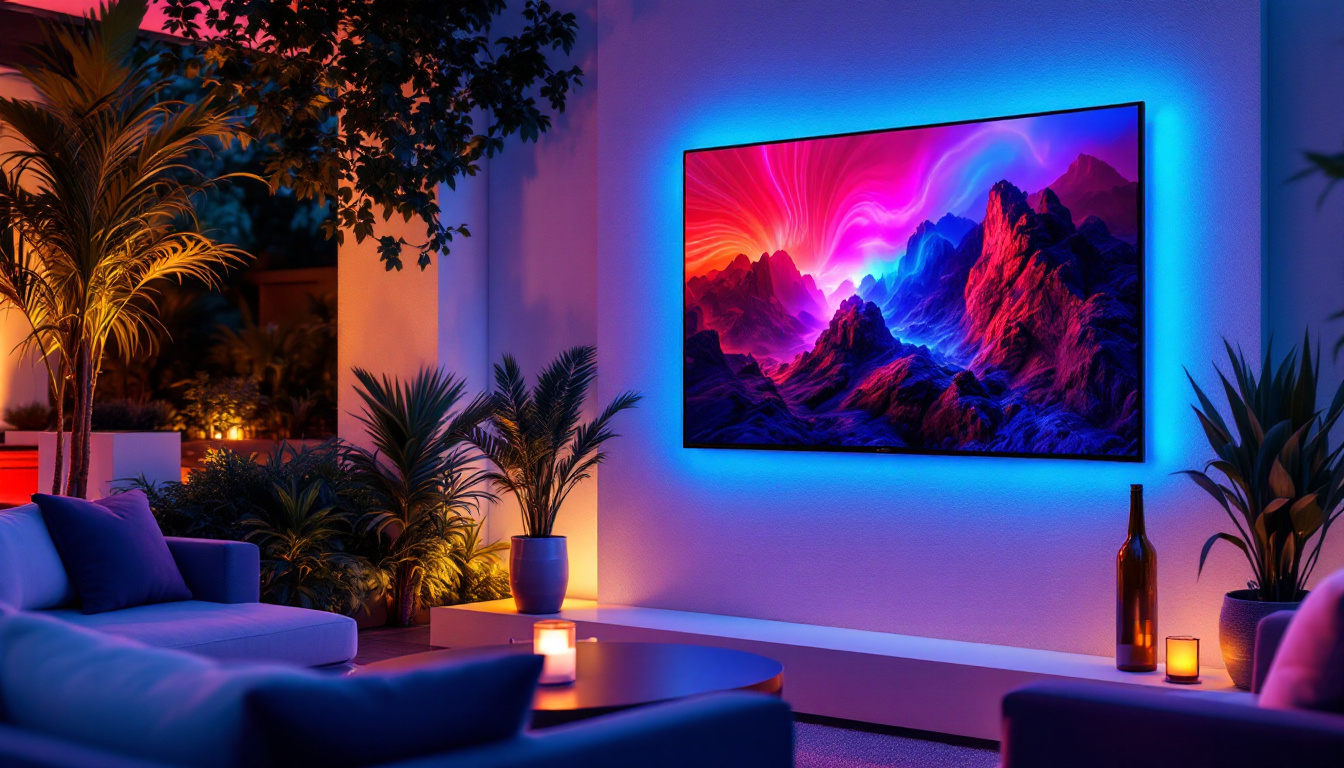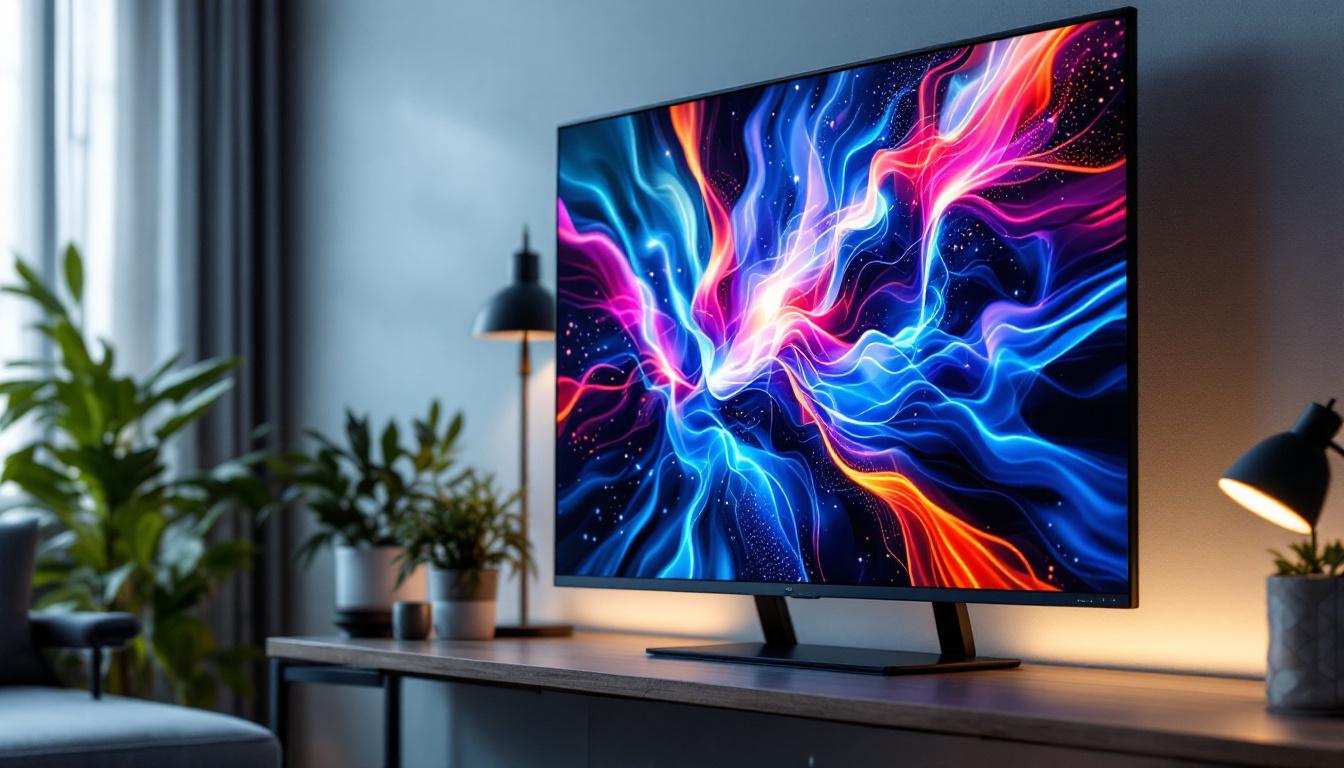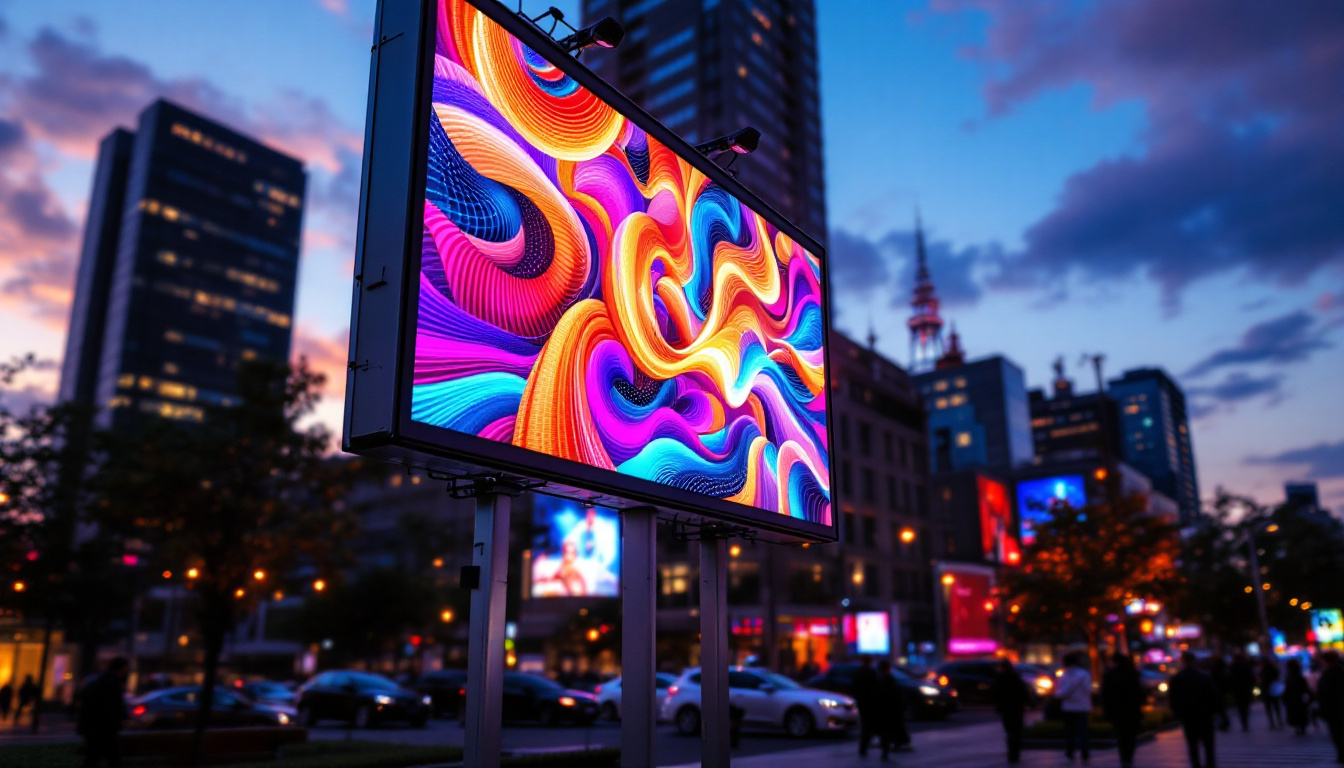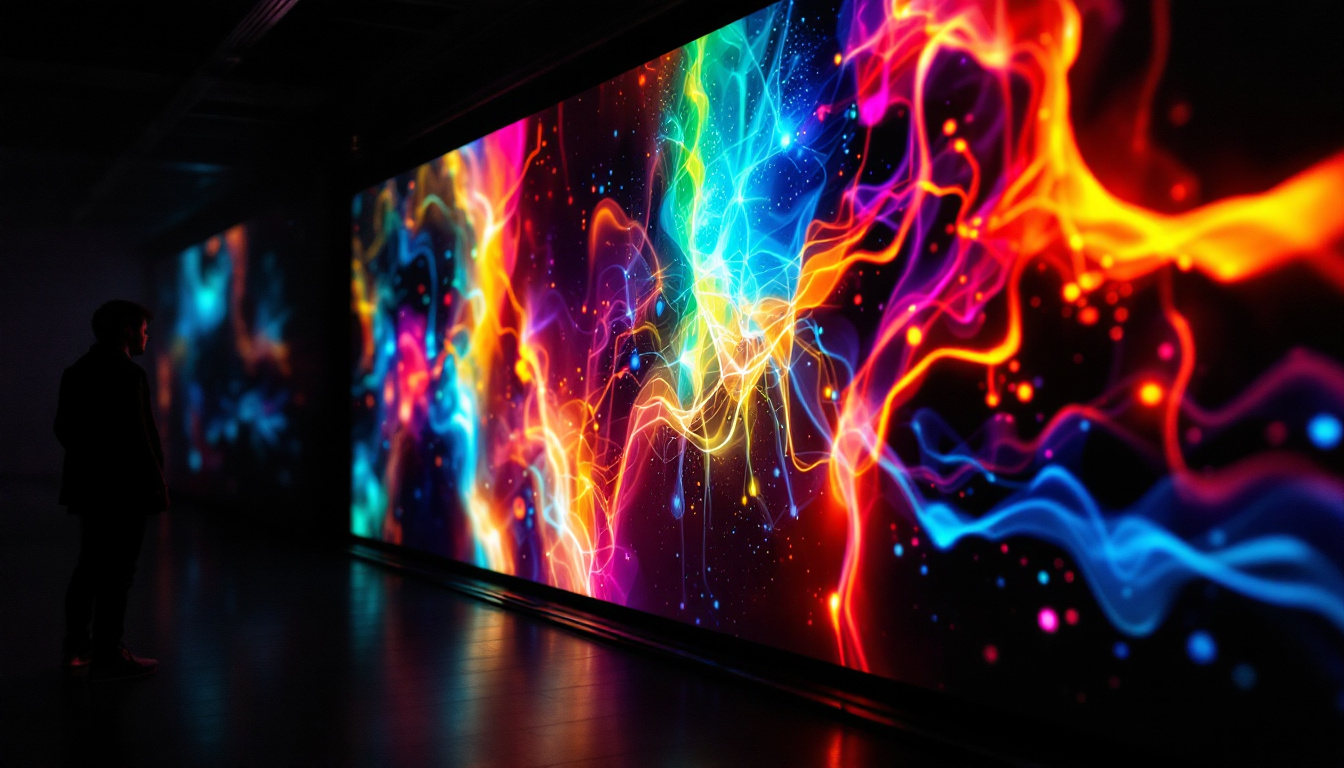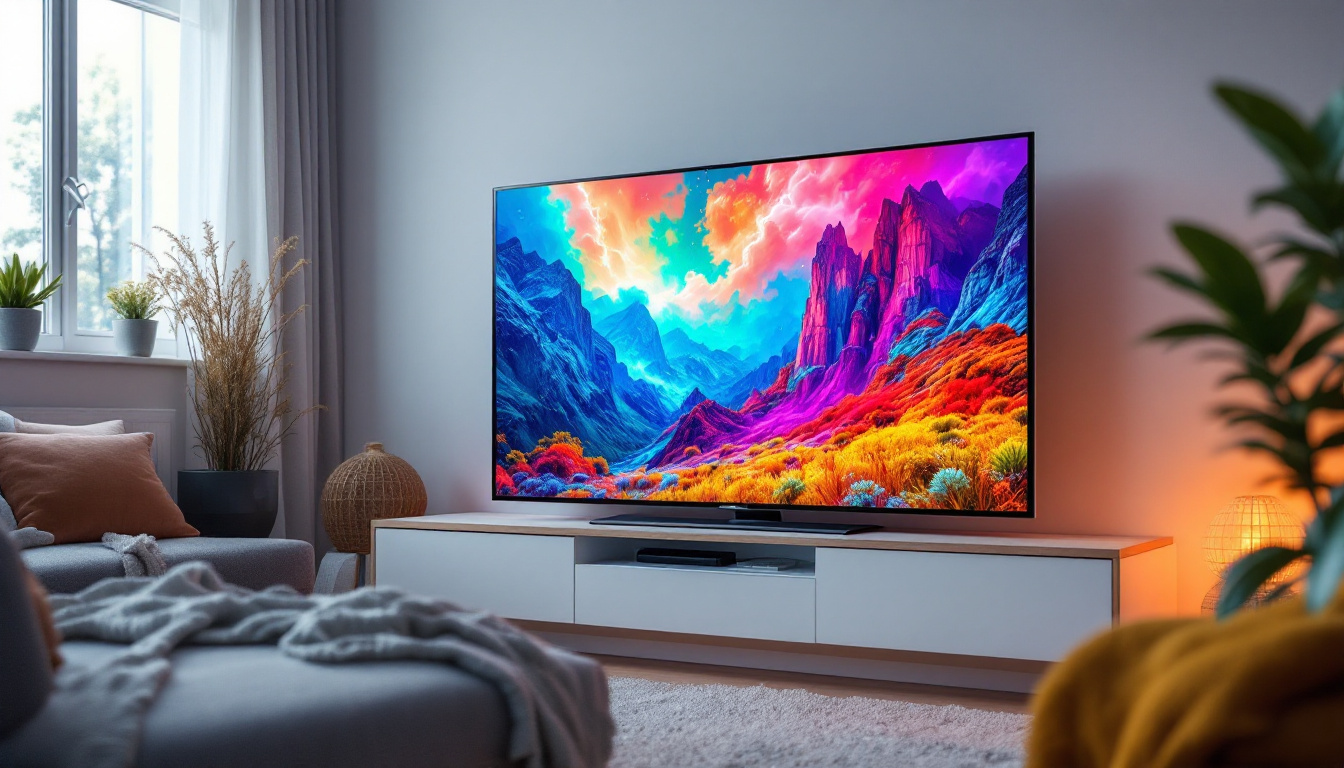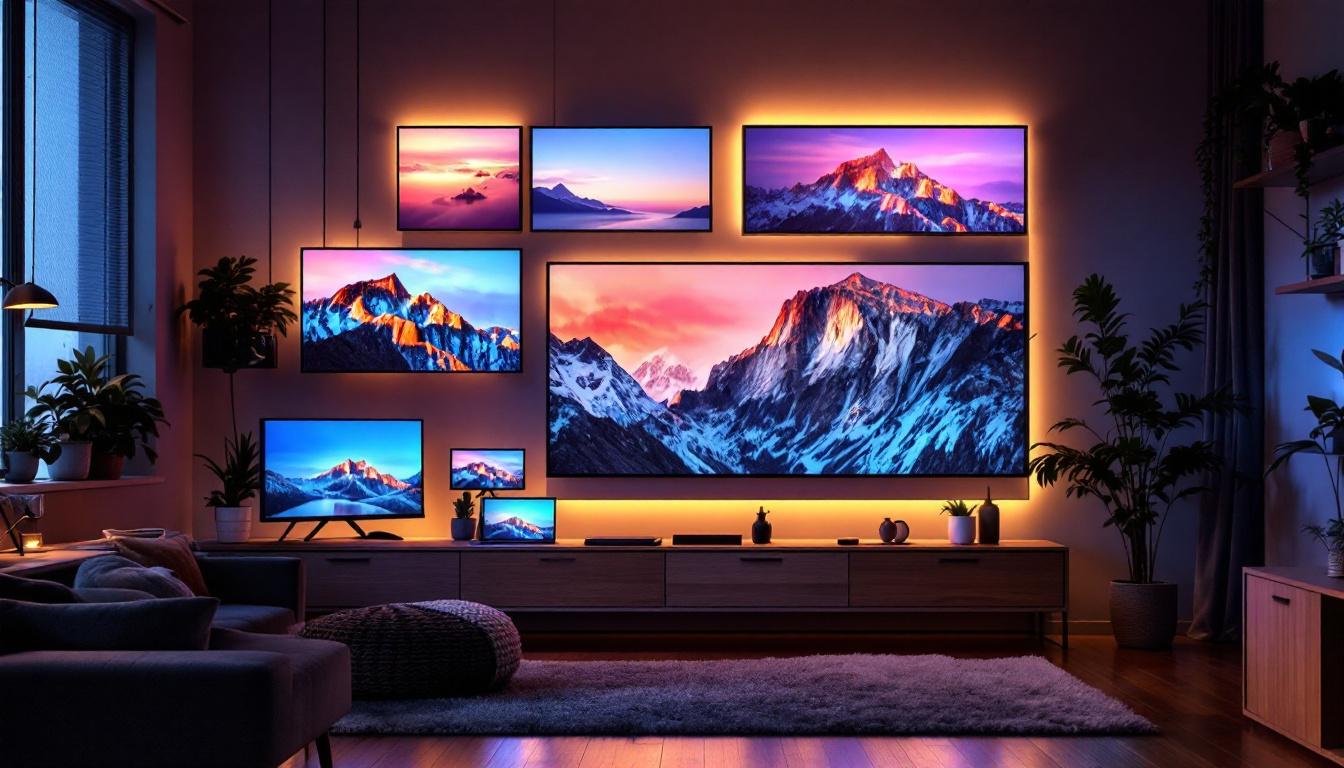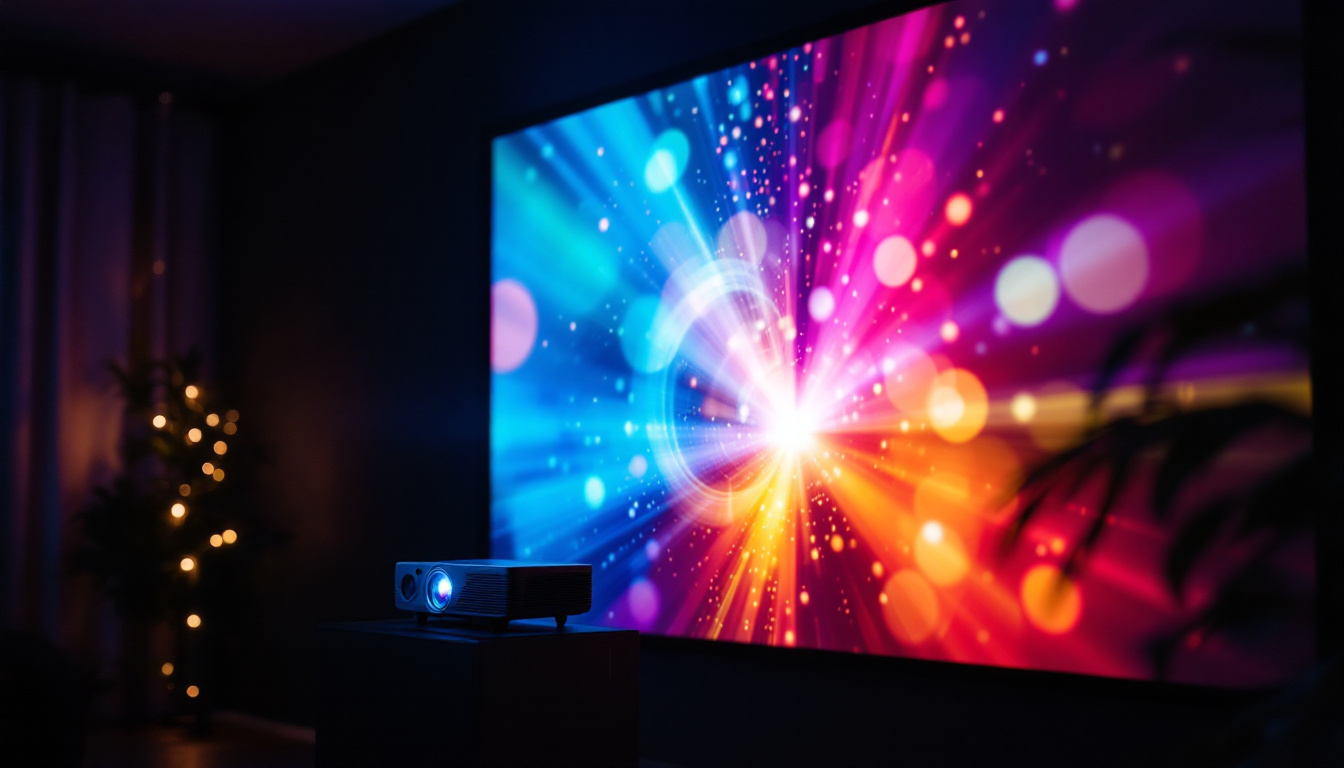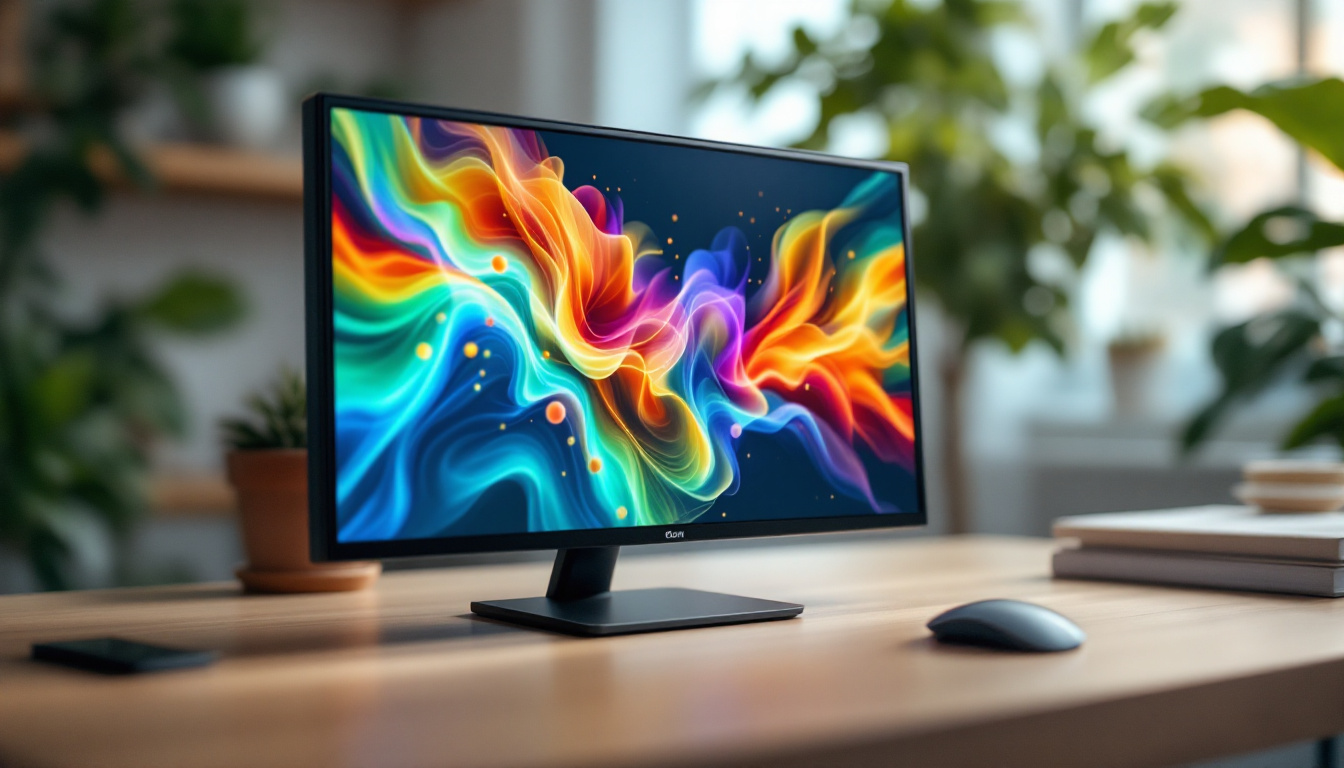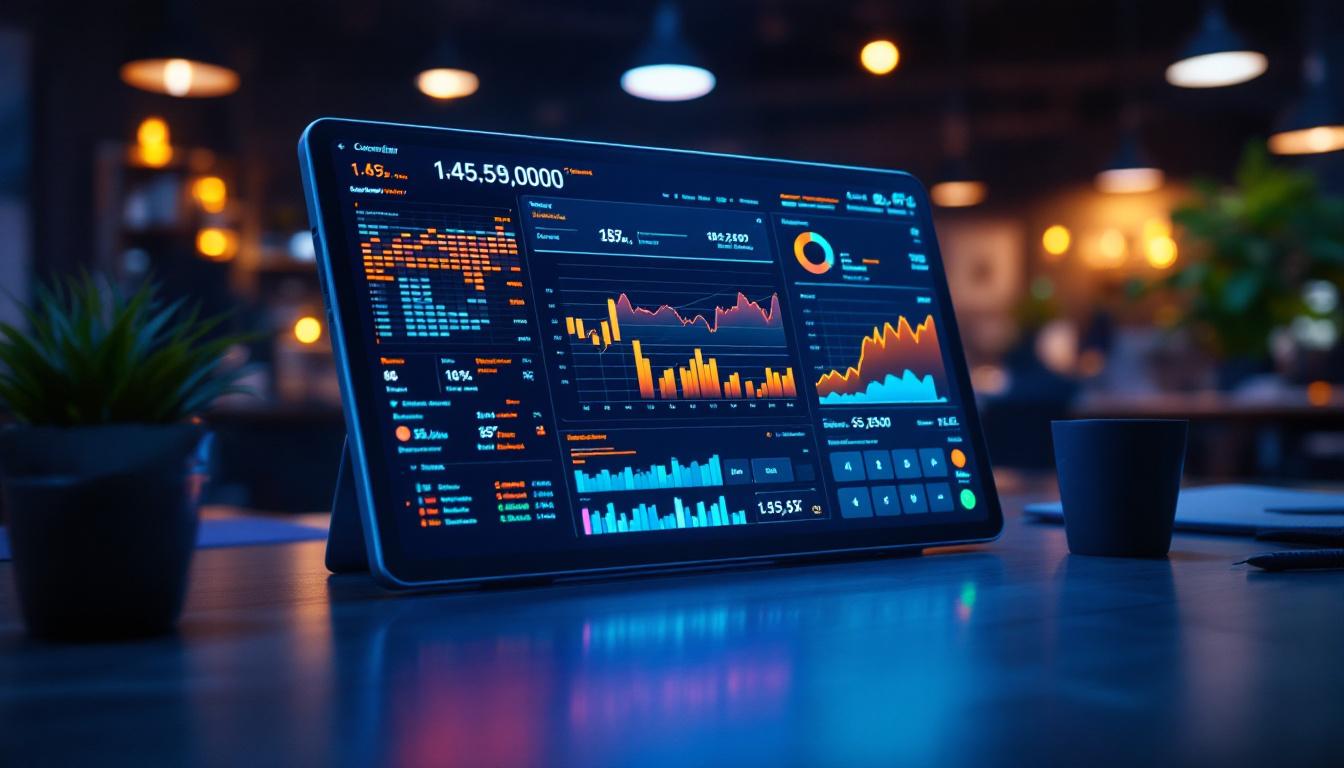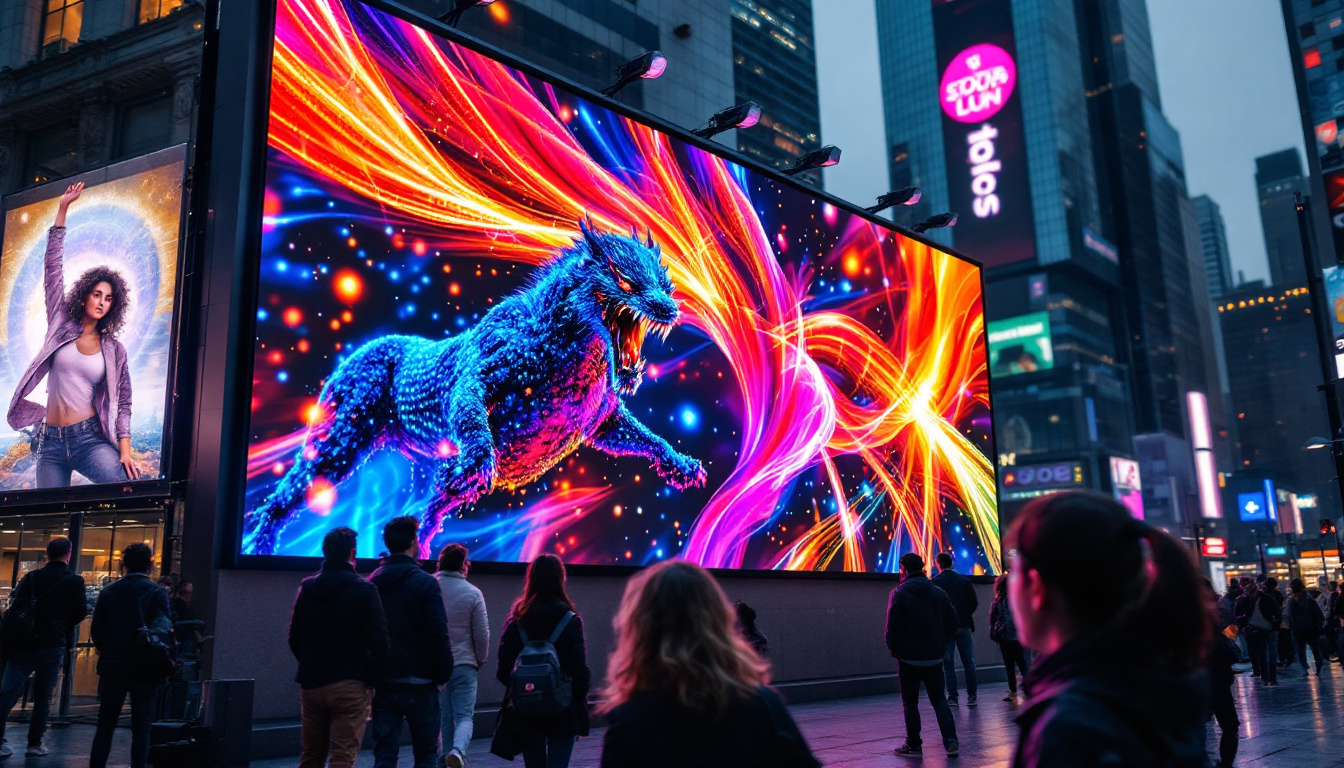In the world of modern technology, displays play a crucial role in how users interact with devices. Among the various types of displays, LCD (Liquid Crystal Display) touch screens and LED (Light Emitting Diode) displays are two of the most prevalent technologies. This article delves into the intricacies of LCD touch screens and LED displays, exploring their functionalities, applications, and the advantages they offer.
Understanding LCD Touch Screens
LCD touch screens have become ubiquitous in smartphones, tablets, and various other devices. They combine the principles of liquid crystal technology with touch-sensitive capabilities, allowing users to interact directly with what is displayed on the screen.
How LCD Technology Works
At the core of an LCD is the liquid crystal layer sandwiched between two polarizing filters. When an electric current passes through the liquid crystals, they align in a way that allows light to pass through or be blocked, thus creating images. This technology is energy-efficient and offers a slim profile, making it ideal for portable devices.
LCDs require a backlight to illuminate the display since the liquid crystals themselves do not emit light. Traditionally, this backlighting was provided by fluorescent tubes, but modern LCDs often utilize LED backlighting, enhancing brightness and color accuracy. The shift to LED technology has not only improved the visual quality of displays but has also contributed to longer battery life in portable devices, as LEDs consume less power compared to their fluorescent counterparts.
Touch Screen Functionality
The touch functionality in LCD screens is achieved through various technologies, including resistive and capacitive touch sensing. Resistive touch screens consist of two flexible layers separated by a thin gap. When pressure is applied, the layers make contact, registering the touch. This technology is cost-effective and works well with gloves or styluses, making it suitable for environments where users may not be able to use their bare fingers.
On the other hand, capacitive touch screens use the electrical properties of the human body to detect touch. They consist of a glass layer coated with a transparent conductor. When a finger touches the screen, it alters the electric field, allowing the device to register the location of the touch. Capacitive screens are more responsive and support multi-touch gestures, making them the preferred choice for most modern devices. This capability enables a range of functionalities, from pinch-to-zoom actions in photo applications to complex gestures in gaming, enhancing user engagement and interaction.
Applications of LCD Touch Screens
LCD touch screens are widely used in various applications, from consumer electronics to industrial equipment. In consumer devices, they provide an intuitive interface for smartphones, tablets, and laptops. In industrial settings, they are employed in machinery control panels, medical devices, and kiosks, allowing for easy data input and monitoring. The integration of touch screens in medical devices, for instance, has revolutionized patient monitoring systems, enabling healthcare professionals to access and input data swiftly and accurately, thereby improving patient care.
The versatility of LCD touch screens also extends to automotive displays, where they enhance the user experience by providing navigation, entertainment, and vehicle information at the touch of a finger. Beyond traditional applications, LCD touch screens are increasingly being utilized in smart home devices, allowing users to control lighting, security systems, and climate settings with simple touch commands. This trend signifies a shift towards more integrated and user-friendly interfaces in our daily lives, making technology more accessible and interactive than ever before.
Exploring LED Displays
LED displays have gained immense popularity due to their vibrant colors, energy efficiency, and versatility. Unlike LCDs, which rely on liquid crystals and backlighting, LED displays use semiconductor technology to produce light directly.
How LED Technology Works
LED displays consist of an array of tiny light-emitting diodes that create images by turning on and off at high speeds. Each pixel in an LED display is made up of red, green, and blue diodes, which can be combined in various intensities to produce a full spectrum of colors. This direct emission of light results in brighter displays with higher contrast ratios compared to traditional LCDs.
Moreover, LED displays can be designed in various configurations, including flat panels, curved screens, and even flexible displays, making them suitable for a wide range of applications. The flexibility of LED technology allows for innovative designs, such as screens that can wrap around corners or be integrated into unusual architectural features, pushing the boundaries of traditional display formats.
Types of LED Displays
There are several types of LED displays, including OLED (Organic Light Emitting Diode) and Mini-LED. OLED displays utilize organic compounds that emit light when an electric current is applied. They are known for their deep blacks and wide viewing angles, making them ideal for high-end televisions and smartphones.
Mini-LED technology, on the other hand, involves using smaller LEDs for backlighting, allowing for better local dimming and improved contrast ratios in LCD displays. This technology bridges the gap between traditional LCDs and OLEDs, offering a balance of performance and cost. Additionally, advancements in MicroLED technology are emerging, where microscopic LEDs can create self-emissive displays, promising even greater efficiency and color accuracy.
Applications of LED Displays
LED displays are commonly used in various sectors, including advertising, entertainment, and transportation. Digital billboards and signage leverage the brightness and color vibrancy of LED technology to capture attention and convey messages effectively. These displays can be programmed to change content dynamically, allowing advertisers to tailor their messages based on time of day or audience demographics.
In the entertainment industry, LED displays are integral to concert stages and sports arenas, providing dynamic visuals and immersive experiences. The ability to synchronize multiple LED panels creates stunning backdrops and effects that enhance live performances. Additionally, in transportation, LED displays are used in traffic signals, vehicle dashboards, and public transport information systems, enhancing safety and communication. Their visibility in various weather conditions ensures that critical information is conveyed efficiently, contributing to smarter urban environments and improved traffic management systems.
Comparing LCD Touch Screens and LED Displays
While both LCD touch screens and LED displays serve the purpose of visual output, they differ significantly in their technologies and applications. Understanding these differences can help consumers and businesses make informed choices when selecting display technologies.
Image Quality and Performance
When it comes to image quality, LED displays generally outperform LCDs. The direct emission of light from LEDs allows for higher brightness levels and better contrast ratios. This results in more vibrant colors and deeper blacks, especially in OLED configurations.
However, LCD touch screens can still deliver excellent image quality, particularly when equipped with LED backlighting. The advancements in LCD technology, such as IPS (In-Plane Switching) panels, have improved color accuracy and viewing angles, making them suitable for many applications.
Energy Efficiency
energy efficiency is another critical factor in the comparison between LCD touch screens and LED displays. LED displays are typically more energy-efficient than traditional LCDs, especially when considering the backlighting requirements. This efficiency translates to longer battery life in portable devices and lower energy costs in larger installations.
However, advancements in LCD technology, particularly with LED backlighting, have significantly improved their energy consumption, making them competitive in this regard.
Cost Considerations
Cost is often a decisive factor when choosing between LCD touch screens and LED displays. Generally, LCDs tend to be more affordable than their LED counterparts, especially in larger sizes. This price advantage makes them a popular choice for budget-conscious consumers and businesses.
On the other hand, while LED displays may come with a higher upfront cost, their longevity, energy efficiency, and superior performance can justify the investment over time. For high-end applications where image quality is paramount, the additional cost may be well worth it.
The Future of Display Technology
As technology continues to evolve, so too does the landscape of display technologies. Innovations in both LCD and LED technologies are paving the way for even more advanced displays that cater to the growing demands of consumers and industries alike.
Emerging Trends
One of the most exciting trends in display technology is the development of flexible and foldable screens. These innovations promise to change the way devices are designed and used, allowing for more compact and versatile products. Companies are exploring the potential of flexible OLED displays, which could lead to new form factors in smartphones and wearables.
Additionally, advancements in microLED technology are gaining traction. MicroLED displays offer the benefits of OLED, such as self-emission and high contrast, while eliminating some of the drawbacks, such as burn-in issues. This technology is expected to revolutionize the display market in the coming years.
Integration with Other Technologies
Another significant trend is the integration of display technologies with augmented reality (AR) and virtual reality (VR). As AR and VR applications become more mainstream, the demand for high-quality displays that can deliver immersive experiences will continue to grow. This integration will require advancements in both LCD and LED technologies to meet the specific needs of these applications.
Moreover, the rise of artificial intelligence (AI) and machine learning is influencing how displays interact with users. Smart displays that can adapt to user preferences and environmental conditions are on the horizon, enhancing the overall user experience.
Conclusion
In conclusion, LCD touch screens and LED displays represent two of the most significant advancements in display technology. Each has its own strengths and weaknesses, making them suitable for different applications. Understanding the nuances of these technologies can empower consumers and businesses to make informed decisions.
As technology continues to advance, the future of display technology looks promising, with innovations that will enhance visual experiences and broaden the scope of applications. Whether it’s through improved image quality, energy efficiency, or the integration of new technologies, the evolution of displays will undoubtedly shape how users interact with the digital world.
Discover LumenMatrix’s Advanced LED Display Solutions
As you consider the future of display technology and its impact on your business or personal use, LumenMatrix invites you to explore our innovative LED display solutions. With a commitment to excellence and a passion for creating immersive visual experiences, LumenMatrix offers a wide range of products, from Indoor and Outdoor LED Wall Displays to specialized options like Vehicle, Sports, and Floor LED Displays. Our Custom and All-in-One LED Displays, along with our pioneering LED Transparent Displays, are designed to meet your unique needs and elevate your brand’s presence. Experience the difference with LumenMatrix and Check out LumenMatrix LED Display Solutions today to see how we can transform your visual communication.


